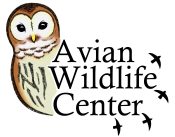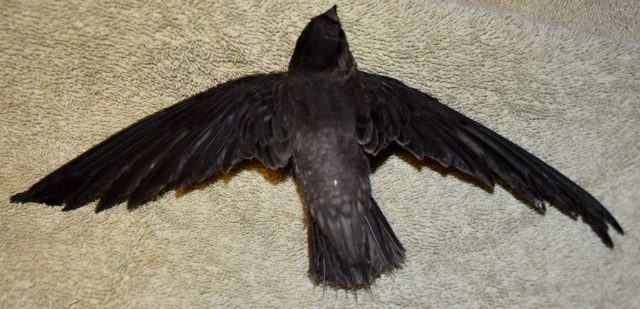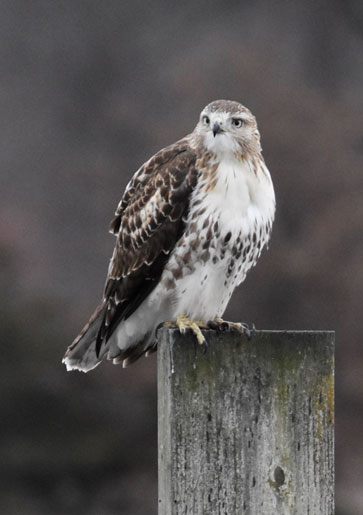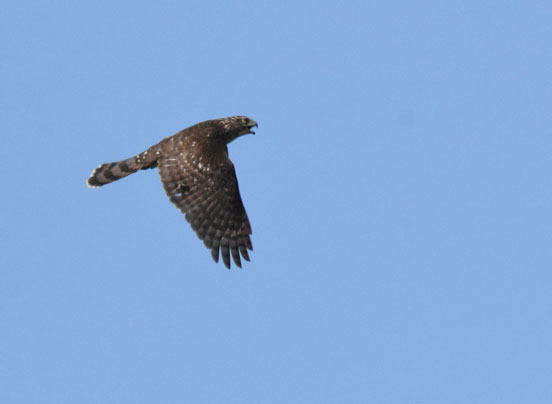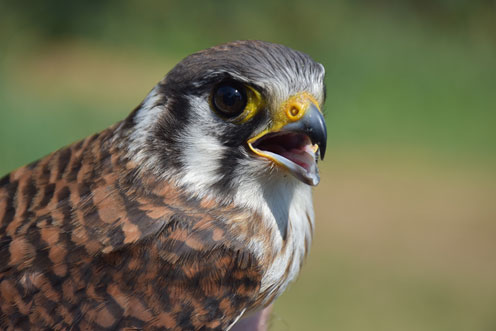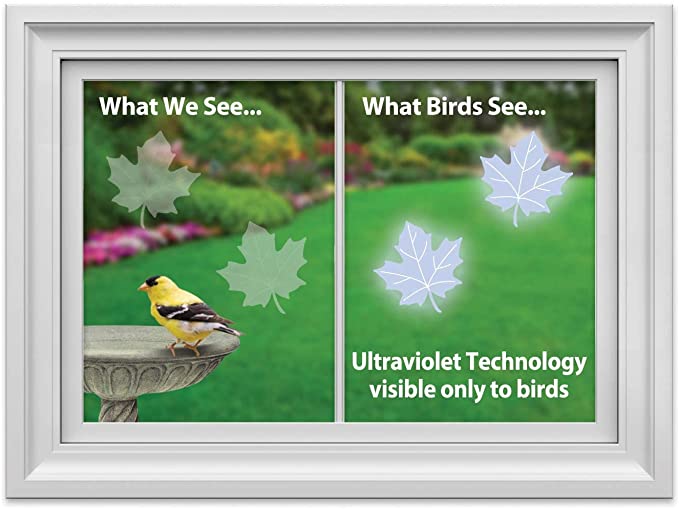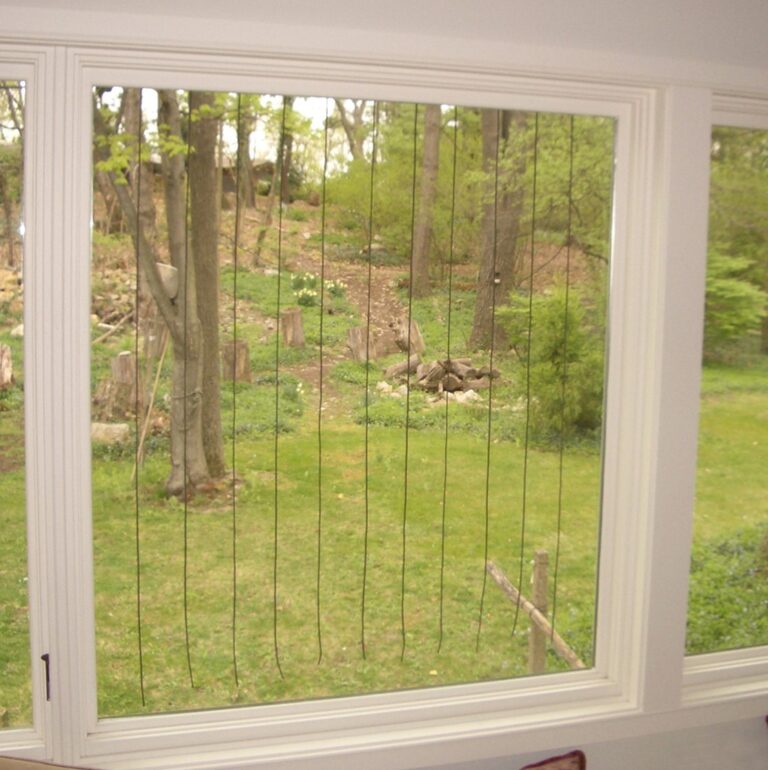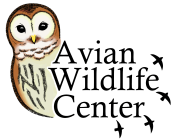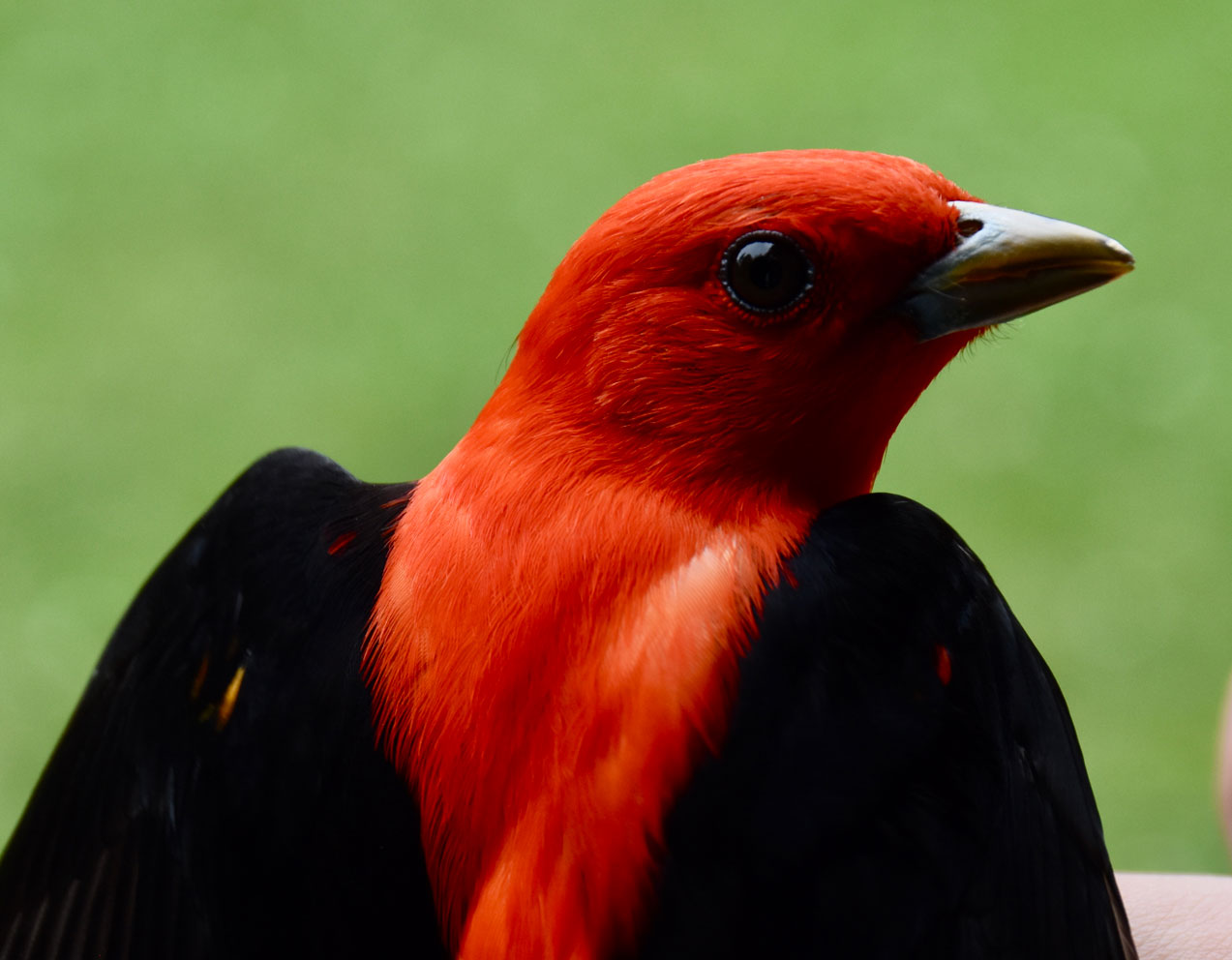 Birds are an integral part of our environment. Aesthetically they add color and song. Importantly they contribute to the balance in nature: feed on insects, rodents, and other animals helping to control populations, can reduce the incidence of insect-borne diseases, spread seeds when they
Birds are an integral part of our environment. Aesthetically they add color and song. Importantly they contribute to the balance in nature: feed on insects, rodents, and other animals helping to control populations, can reduce the incidence of insect-borne diseases, spread seeds when they 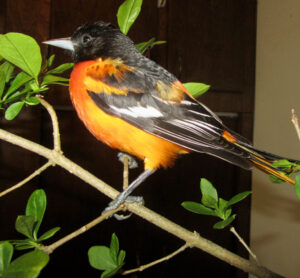 feed on fruits, propagating plants, pollinate some flowers, and more.
feed on fruits, propagating plants, pollinate some flowers, and more.
Research shows that many bird populations have declined significantly in recent decades. Scientists compared data for 529 species and calculated a loss of 2.9 billion birds across North America since 1970. Conservation locally and regionally is needed.
Chimney Swifts
These small, mostly black and gray birds are often not noticed by people until they are discovered nesting or roosting in a chimney. From head to tail they measure 5 to 6 inches with a wingspan of 10.5 to 11.8 inches. Fast-flapping wings carry them skyward where they spend most of their day flying. They feed on flying invertebrates: catching flies, beetles, and other insects with their beak or open mouth in flight. When they return to roost, they cling to vertical surfaces, using their small, but strong claws and the stiff, points on the tail tip to grab hold.
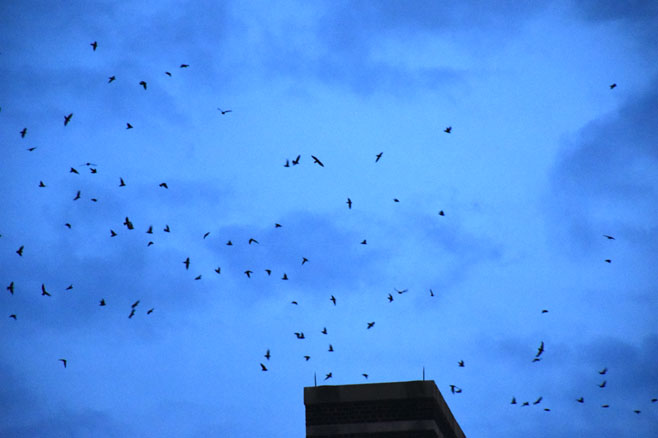 Before the United States was settled by Europeans, swifts nested in tree cavities or caves. As settlements expanded they adapted to nesting in brick or stone chimneys. Their nests are constructed of small twigs that are glued with the bird’s saliva and attached to the inside wall of the chimney. Only one pair of swifts will nest in a chimney. In the fall, as swifts start their migration to South America, hundreds or thousands of birds may gather to roost in a chimney for the night. It is an incredible sight to see them spiraling into the roost at dusk.
Before the United States was settled by Europeans, swifts nested in tree cavities or caves. As settlements expanded they adapted to nesting in brick or stone chimneys. Their nests are constructed of small twigs that are glued with the bird’s saliva and attached to the inside wall of the chimney. Only one pair of swifts will nest in a chimney. In the fall, as swifts start their migration to South America, hundreds or thousands of birds may gather to roost in a chimney for the night. It is an incredible sight to see them spiraling into the roost at dusk.
Population declines since the 1960s have been noted in this species. Partners in Flight have described the swifts as “A Common Bird in Steep Decline.” Modifications in construction and loss of older chimneys are considered a factor. More significant changes contributing to the steady decline are pesticide use, changes in the insect populations, and weather. Rising temperatures during nesting, increase in occurrence of hurricanes during migration, and frequency of rainstorms will negatively affect the swifts.
The Avian Wildlife Center specializes in chimney swift rehabilitation. Each year nestlings are brought when they or the entire nest fall down. We raise them until they are flighted and can be released at an active roost. We also educate people about the benefit of having an insectivorous bird nesting in the chimney. The nest is small and does not cause any problems. The swifts are present in the summer and leave in September or earlier for South America.
We work to preserve existing sites and have installed artificial chimneys to add nesting and roosting options. We also educate people about pesticides and recommend alternative controls for insects, including encouraging the birds. Chemical pesticides that harm the swifts can also be harmful to people.
Research
Pesticides in Birds
The harmful effects of pesticides have been documented in study after study. Most people are aware of the issue with DDT (dichloro-diphenyl-trichloroethane), a widely used pesticide that caused eggshell thinning in birds and contributed to declines in bald eagle, peregrine falcon, osprey populations and other species. DDT use in the United States was mostly banned in 1972, although DDT and its byproduct DDE are still present in the environment. There are many other commonly used pesticides that cause negative and lethal repercussions in birds and other non-target species. Many of these chemicals can be harmful to you. The Avian Wildlife Center has seen birds with neurological symptoms that were attributed to pesticide poisoning. We contributed specimens to a study done by the American Bird Conservancy showing the prevalence of pesticides in birds. Many birds depend on insects as a primary food source. They can offer a safer and more effective insect control than the application of chemicals. (Link to harmful pesticides and suggestions to reduce their use: https://abcbirds.org/program/pesticides/.)
Migration Study
The Avian Wildlife Center works alongside other groups to study raptor migration to better understand the dynamics and trends over time. One such study on the Kittatinny Ridge in New Jersey has been observing and recording the hawks flying south annually since 1971. The data gathered shows increases in some species and declines in others, reports of rarities, and connects observations with weather. This project also tracks some of the individual birds to better understand where they go in migration. In order to promote conservation of species, consideration needs to be given to not just where they nest, but where they travel outside of nesting season and what hazards they have to contend with in their travels. Data and findings are shared with other researchers to add to the knowledge of these hawks and aid conservation efforts.
Window Strikes
It is estimated that up to 1 billion birds die each year in the United States from window strikes. The glass can act as a mirror, reflecting nearby trees and the sky, causing birds to mistakenly collide with the glass. Sometimes the birds see through the clear glass and try to fly through. There are products and building designs that will reduce this hazard. For larger scale improvements some municipalities have mandated that new construction must have a bird-friendly design plan to reduce window strikes. Support by the public for proposals to expand those plans in more areas will help.
Individual homes account for almost half of the strikes. Short of renovating windows, there are a variety of measures that can be taken to reduce the problem. One approach is to apply designs to windows. Clear stickers in an ultraviolet color that birds can see can be arranged on the window. It is important to place enough stickers or create a pattern with lines or dots to deter the birds from thinking they can fly between the stickers. The Avian Wildlife Center has several products available. For a more complete listing of how to make windows safe check the American Bird Conservancy website.
